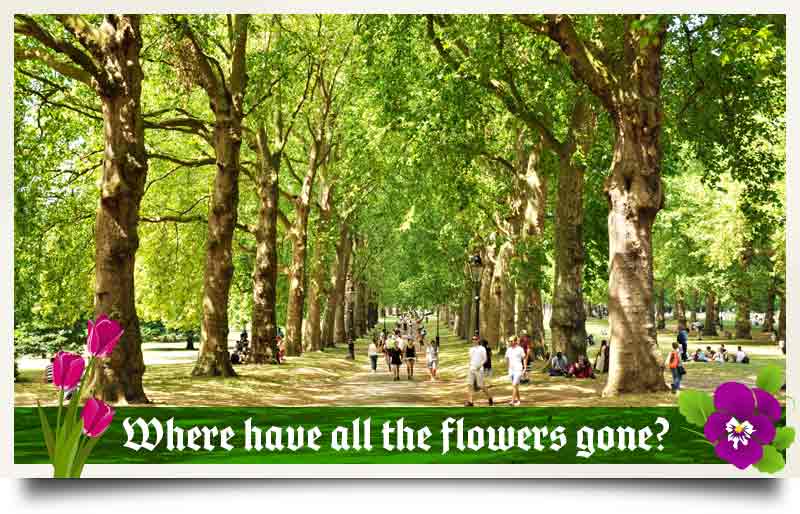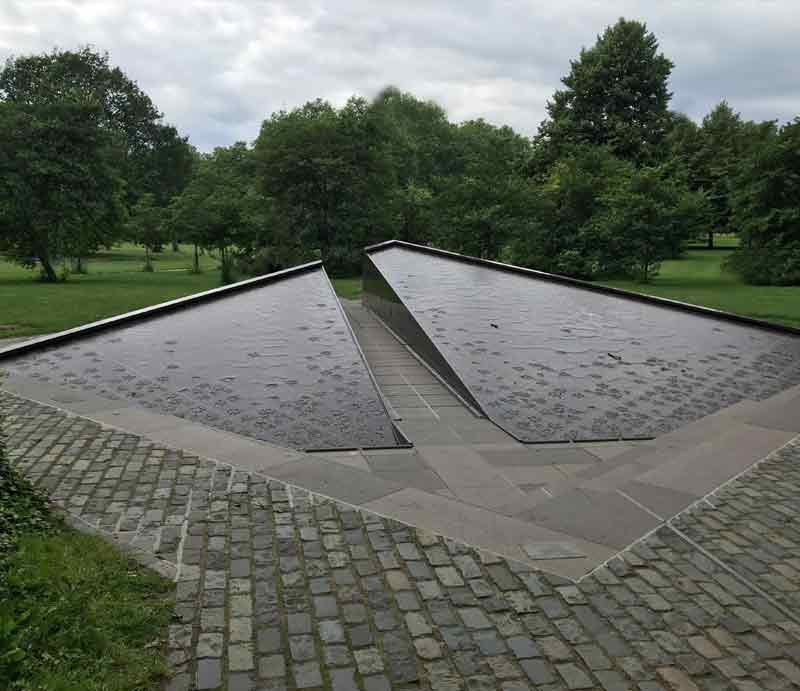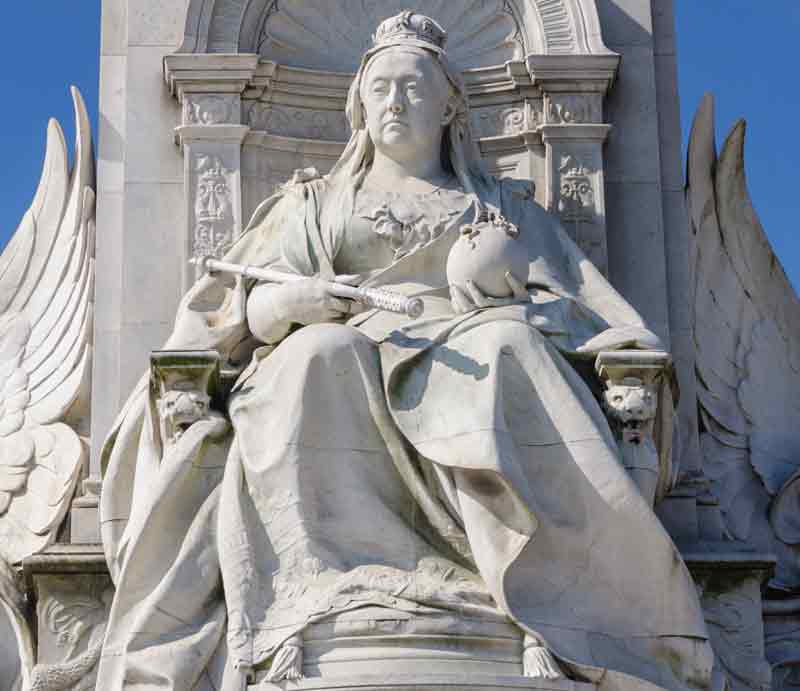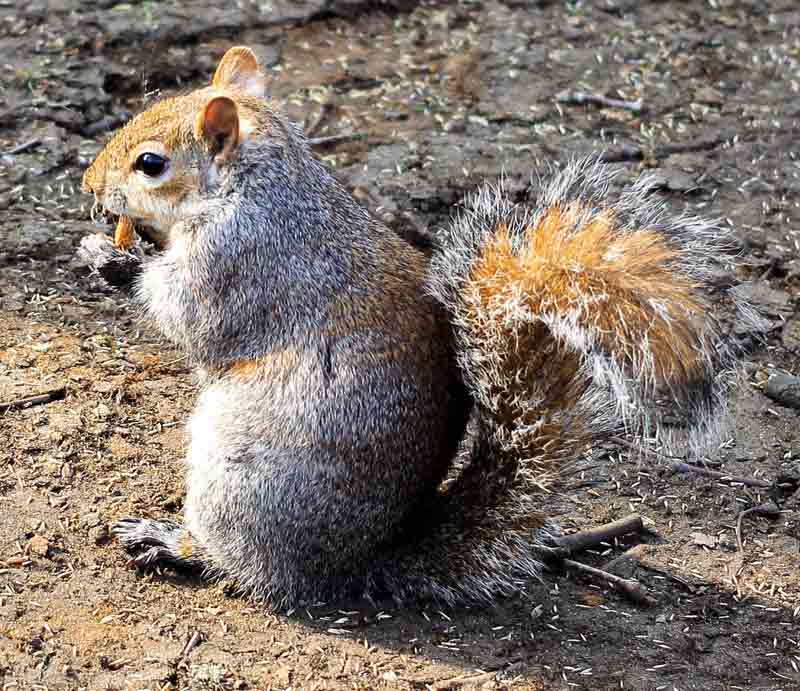Designed by Pierre Granche, the Canada Memorial was unveiled in 1994 by Queen Elizabeth II as a commemoration to the Canadian Forces killed in the two World Wars. Conrad Black (former Canadian media tycoon) was instructmental in raising funds for the project but the memorial is now maintained by the Canadian Government. The sculpture is constructed from red granite forming two inclined halves separated by a path. Flowing water over 506 bronze maple leaves gives the impression that the leaves are floating.
The Green Park London Private Guided Tours

The Green Park (commonly known as just Green Park) is one of the eight Royal Parks of London. It is situated in the City of Westminster between two other Royal Parks of London - St James's Park and Hyde Park. The park is triangular in shape and bounded to the south by Buckingham Palace and the north by Piccadilly.
It is documented the area of the park was for used as a burial ground for lepers in the medieval period. As a bounded area the park was first mentioned in the sixteenth century as part of the estate of the Poulteney family. Historically the area was frequented by highwaymen and later became a site where duels took place. In 1820 the park was extensively landscaped.
If you've had a busy day touring London you might want to take time out and relax in one of the park's plentiful deckchairs. Interesting features of the park include memorials, fountains, statues and ornate gateways.

To the south side of Green Park, opposite the Victoria Memorial is the Canada Gate. A gift from Canada, and designed in a similar style to the gates at nearby Buckingham Palace, the Canada Gate bears the emblems from the seven Canadian provinces. A wide pathway runs from the gate to Piccadilly in line with the Victoria Memorial. Known as the Broadwalk, the pathway was designed to allow an unimpeded view of the memorial from Piccadilly. The Canada Gate was commissioned in 1905 as part of a memorial to the late Queen Victoria who died in 1901. Interestingly the Broadwalk loosely follows the course of the Tyburn, an underground river that flows into the Thames.

Royalty
Royal Park status and memorials to Queen Victoria aren't all that Green Park has in connection with royalty. Up until 1746 Green Park was known as Upper St James's. It's rumoured that the name change was prompted by a tale involving King Charles II and his wife Catherine. It is told that the King picked some flowers for another woman and that Catherine took umbradge to this gesture and ordered that all the flowers be removed from the park with none to ever be planted in their place. Whether there is any truth to this story or not it remains a fact that there are no formal flower beds in Green Park to this day. A rather less romantic theory is that the park was originally simply just meadowland with few trees.
In 1668 the part of the Poulteney family's estate that forms Green Park today was surrendered to King Charles I who created Upper St James's Park by surrounding the area with a brick wall. He constructed an icehouse and laid out the walkways. Later the Queen's Walk was laid out for queen Caroline the wife of KIng George II.

One fateful day in June 1840 there was an assassination attempt on Queen Victoria, on Constitution Hill to the southernmost edge of Green Park. The would-be assassin, Edward Oxford, fired two pistols at the Queen as she rode by in a carriage with her husband Prince Albert. Both shots missed and Oxford was quickly apprehended by passers by.
The following day Oxford was found not guilty by reason of insanity and was sent to the lunatic asylum in Bethlem where he remained for twenty-four years. He was then relocated to Broadmoor Hospital where he was declared sane. He always attested that the pistols were loaded with nothing more then gunpowder and that his intention was not to injure the Queen but just gain fame.
On special royal occasions the park is the scene for Royal Gun Salutes which are fired by the King's Troop Royal Horse Artillery. Salutes are not fired on Sundays so if an occasion coincides with a Sunday the salutes are fired the following day. Salutes are also fired at Hyde Park and The Tower of London but at the State Opening of Parliament, State Visits, and for The Queen's Birthday Parade they happen at Green Park. A basic salute consists of 21 rounds but at Royal Parks an extra 20 rounds are added.

Nature
Springtime at Green Park certainly makes up for the lack of flower beds as the park is awash with the warming glow of brightly coloured daffodils. A number of breeds of bird visit the park such as the mistle thrush and you'll quite likely spot a squirrel or two. Mature trees such as plane, oak and lime are interspersed with areas of grass.
Other trees of note are the black polar, silver limes and silver maples. In the autumn birds feed on the berries of hawthorns, which in the spring provide nectar for insects from bright coloured blossom. You might even be lucky to spot a lesser whitethroat! So lie back in your deckchair under the cooling canopy of mature trees and you'll soon forget you are in Central London.
Swap the train for the trail and unwind on this fascinating greentrail walk, linking London's royal parks, hidden squares, and vibrant markets. Breathe deep in Regent's & Hyde Park, uncover whispers in Lincoln's Inn Fields, then shop Spitalfields' past & present.
Walking Tour
Escape the city roar, weaving from green havens to London's vibrant core. Uncover hidden whispers–from Victorian cemeteries to elegant Chelsea streets. Bask in the beauty of royal parks, then dive into Smithfield Market's historic buzz.
Walking Tour
Experience London's highlights in 4 hours of pure storytelling! Our Classic Black Cab Tour from Tilbury offers total comfort and personalised guiding. While your driver navigates, your guide focuses entirely on bringing the City's secrets and history to life. See all the must-sees, snap incredible photos, and return to port stress-free. The smarter, greener way to see London!
Shore Excursion
Start your London stay effortlessly! Brian meets you at Tower Bridge Upper Mooring, transfers your luggage to your hotel, then immediately begins your 4-hour VIP highlights tour. See Big Ben and 3 UNESCO sites in a traffic-beating electric Black Cab, complete with your personal guide, Rob Woodford, for an unforgettable, stress-free London welcome.
Transfer Tour
Start your London stay effortlessly! Brian meets you at the Port of Dover, transfers your luggage to your hotel, then immediately begins your 4-hour VIP highlights tour. See Big Ben and 3 UNESCO sites in a traffic-beating electric Black Cab, complete with your personal guide, Rob Woodford, for an unforgettable, stress-free London welcome.
Transfer Tour
Maximize your arrival day with the Greenwich Hotel Transfer: Classic London 6-Hour Ultimate Black Cab Tour. Brian meets you dockside, handles your luggage transfer to your hotel, then you join guide Rob for six hours of VIP sightseeing. See four UNESCO sites and hidden gems with Rob's full attention while Brian expertly drives, ensuring maximum discovery before a final, comfortable drop-off at your hotel.
Transfer Tour
Unlock the best of London in six hours with the Greenwich Shore Excursion. Your driver, Brian, meets you dockside for a seamless transfer, then guide Rob takes you on a VIP Black Cab tour of four UNESCO sites and hidden gems. With a two-guide team, you get Rob's undivided attention and stress-free navigation, ensuring maximum sightseeing and a guaranteed on-time return to your ship.
Shore Excursion
Maximize your arrival day with the Portsmouth Hotel Transfer: Classic London 6-Hour Ultimate Black Cab Tour. Brian meets you dockside, handles your luggage transfer to your hotel, then you join guide Rob for six hours of VIP sightseeing. See four UNESCO sites and hidden gems with Rob's full attention while Brian expertly drives, ensuring maximum discovery before a final, comfortable drop-off at your hotel.
Transfer Tour
Maximize your arrival day with the Southampton Hotel Transfer: Classic London 6-Hour Ultimate Black Cab Tour. Brian meets you dockside, handles your luggage transfer to your hotel, then you join guide Rob for six hours of VIP sightseeing. See four UNESCO sites and hidden gems with Rob's full attention while Brian expertly drives, ensuring maximum discovery before a final, comfortable drop-off at your hotel.
Transfer Tour
Maximize your arrival day with the Tilbury Hotel Transfer: Classic London 6-Hour Ultimate Black Cab Tour. Brian meets you dockside, handles your luggage transfer to your hotel, then you join guide Rob for six hours of VIP sightseeing. See four UNESCO sites and hidden gems with Rob's full attention while Brian expertly drives, ensuring maximum discovery before a final, comfortable drop-off at your hotel.
Transfer Tour
Maximize your arrival day with the Tower Bridge Hotel Transfer: Classic London 6-Hour Ultimate Black Cab Tour. Brian meets you dockside, handles your luggage transfer to your hotel, then you join guide Rob for six hours of VIP sightseeing. See four UNESCO sites and hidden gems with Rob's full attention while Brian expertly drives, ensuring maximum discovery before a final, comfortable drop-off at your hotel.
Transfer Tour
Maximize your arrival day with the Harwich Hotel Transfer: Classic London 6-Hour Ultimate Black Cab Tour. Brian meets you dockside, handles your luggage transfer to your hotel, then you join guide Rob for six hours of VIP sightseeing. See four UNESCO sites and hidden gems with Rob's full attention while Brian expertly drives, ensuring maximum discovery before a final, comfortable drop-off at your hotel.
Transfer Tour
Explore the heart of the capital in ultimate style and comfort with our Ultimate 6-Hour London Black Cab Tour, where your dedicated guide and driver bring the city's history alive, covering everything from Whitehall and Buckingham Palace to four UNESCO World Heritage Sites and countless hidden secrets.
Black Cab Tour with Walking Stops
Maximize your arrival day with the Dover Hotel Transfer: Classic London 6-Hour Ultimate Black Cab Tour. Brian meets you dockside, handles your luggage transfer to your hotel, then you join guide Rob for six hours of VIP sightseeing. See four UNESCO sites and hidden gems with Rob's full attention while Brian expertly drives, ensuring maximum discovery before a final, comfortable drop-off at your hotel.
Transfer Tour
Get the ultimate London highlights tour in just four hours! Forget bus crowds: ride in a private Black Cab with a dedicated driver and a separate step-on guide. That's nonstop, expert storytelling and undivided attention as we hit three UNESCO sites, two Tudor Palaces, and every iconic spot. Book this VIP experience and see London's secrets, not just its sights!
Black Cab Tour with Walking Stops
Start your London stay effortlessly! Brian meets you at Greenwich port, transfers your luggage to your hotel, then immediately begins your 4-hour VIP highlights tour. See Big Ben and 3 UNESCO sites in a traffic-beating electric Black Cab, complete with your personal guide, Rob Woodford, for an unforgettable, stress-free London welcome.
Transfer Tour
Experience London's highlights in 4 hours of pure storytelling! Our Classic Black Cab Tour from Tower Bridge Upper Mooring offers total comfort and personalised guiding. While your driver navigates, your guide focuses entirely on bringing the City's secrets and history to life. See all the must-sees, snap incredible photos, and return to port stress-free. The smarter, greener way to see London!
Shore Excursion
Experience London's highlights in 4 hours of pure storytelling! Our Classic Black Cab Tour from Greenwich Ship Tier offers total comfort and personalised guiding. While your driver navigates, your guide focuses entirely on bringing the City's secrets and history to life. See all the must-sees, snap incredible photos, and return to port stress-free. The smarter, greener way to see London!
Shore Excursion
Your seamless Tilbury Port transfer combines with a thrilling 4-hour VIP London Tour in a private electric Black Cab. With your driver Brian handling luggage and an expert guide Rob dedicated to telling London's stories (from Buckingham Palace to Westminster Abbey), you get zero traffic anxiety and 100% unforgettable history.
Transfer Tour
Start your London stay effortlessly! Brian meets you at Southampton Cruise Terminal, transfers your luggage to your hotel, then immediately begins your 4-hour VIP highlights tour. See Big Ben and 3 UNESCO sites in a traffic-beating electric Black Cab, complete with your personal guide, Rob Woodford, for an unforgettable, stress-free London welcome.
Transfer Tour
Start your London stay effortlessly! Brian meets you at the Port of Harwich, transfers your luggage to your hotel, then immediately begins your 4-hour VIP highlights tour. See Big Ben and 3 UNESCO sites in a traffic-beating electric Black Cab, complete with your personal guide, Rob Woodford, for an unforgettable, stress-free London welcome.
Transfer Tour
Start your London stay effortlessly! Brian meets you at Portsmouth, transfers your luggage to your hotel, then immediately begins your 4-hour VIP highlights tour. See Big Ben and 3 UNESCO sites in a traffic-beating electric Black Cab, complete with your personal guide, Rob Woodford, for an unforgettable, stress-free London welcome.
Transfer Tour

 Book Tour
Book Tour


